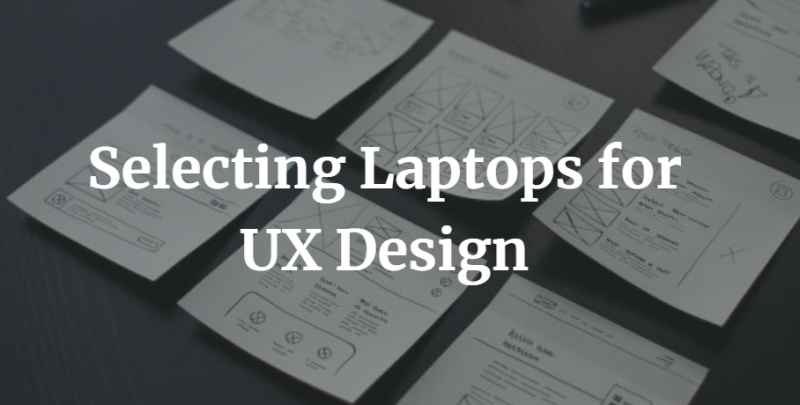Graphic design is a unique field of digital marketing that also demands it’s unique set of tools. A graphic designer thus requires a machine that can allow creation and organization of your work efficiently. Despite the fact that today’s laptops are faster and have greater disk capacity, the need for cutting-edge graphics still persists with more artists embracing technology to create digital masterpieces. UI/UX design agencies such as Ramotion, pay close attention to their machines.

Despite the fact that today’s laptops are faster and have greater disk capacity, the need for cutting-edge graphics still persists with more artists embracing technology to create digital masterpieces.
Universal Versatility
Most laptops designed for graphic design jobs tend to allow a variety of editing tools to run smoothly without glitches. This allows the designers to create eye-popping themes for websites or even promotional material.
Besides the need for an operating system that supports most graphic design tools, you also need a laptop with ample RAM that can handle the heavy designing tools that consume large amounts of internal memory. Also, the more complicated your designs, the more processing power your machine requires. A RAM of between 16GB to 32GB is suitable. Your computer will also need CPU processor and graphics cards that can offer great processing power.
Storage, Portability and Monitor Size
Laptops for UX designers require huge amounts of internal storage. An internal storage of about one to two terabytes is considered sufficient. Also, the type of hard disk determines how fast your machine boots up, thus an SSD hard disk is handier than an HDD storage disk.
If you tend to work from different places, you need a portable device with great battery life. The laptop should be light enough to carry around but equipped enough to handle all design requirements.
The size of the screen also matters. A large portion of graphics designing is ensuring that what is on the screen is exactly what will be printed or displayed on other devices. You cannot work efficiently with a ten-inch tablet. Screen sizes of about 17 inches are thus suitable. You also need screens that are capable of displaying images in high resolution. Designers mostly prefer UHD (ultra high definition). Resolutions of about 1200 by 800 are quite preferable for designers.
Keyboard and Touch Screens
It’s important to consider the style of designing you are best with. For example, designers who prefer stylus-based style then a laptop that accommodates the stylus will work well. Some tablet-style laptops work well with the stylus (like the Surface Pen by Microsoft). Some designers prefer to use their fingers and thus a laptop with a touchscreen will suffice. For those who prefer the accuracy and less sensitive motions, a mouse pad or an actual mouse would work well. These accessories can be plugged into your computer.
If the computer supports Bluetooth connections, then you have the option of expanding your hardware set indefinitely. There is the option of flexible screens offered by the Microsoft Surface Book. The screen can swivel and be reattached allowing the designer to draw at more natural angles. This allows you to manipulate images more efficiently.
In essence, a perfect designers’ laptop should come with a large screen that has high resolution, high processing power and the ability to attach more drawing hardware tools. With all those things in place, then consider pricing and other accessories.





